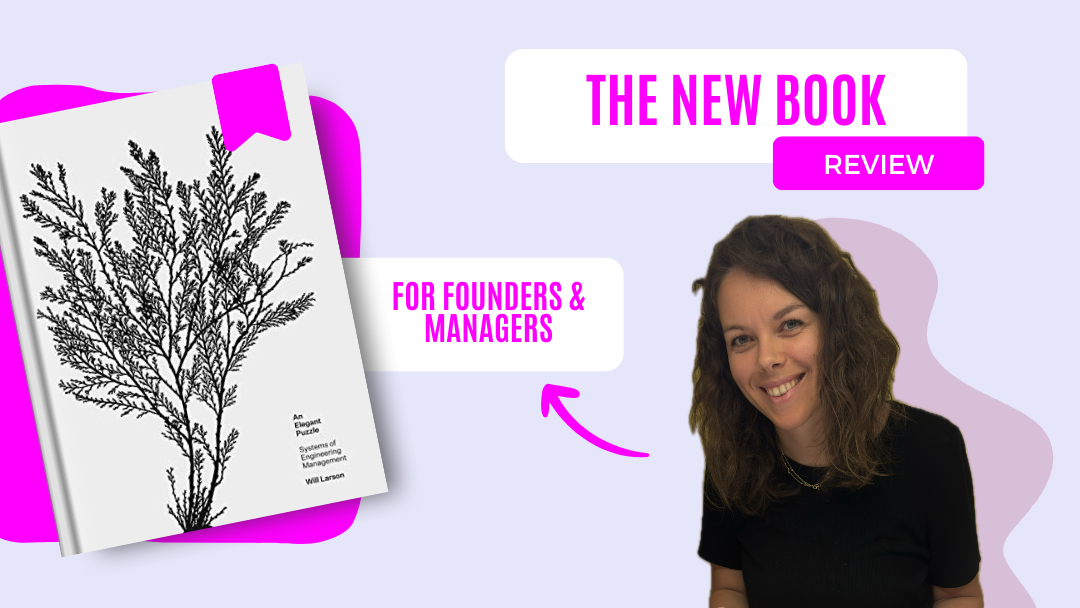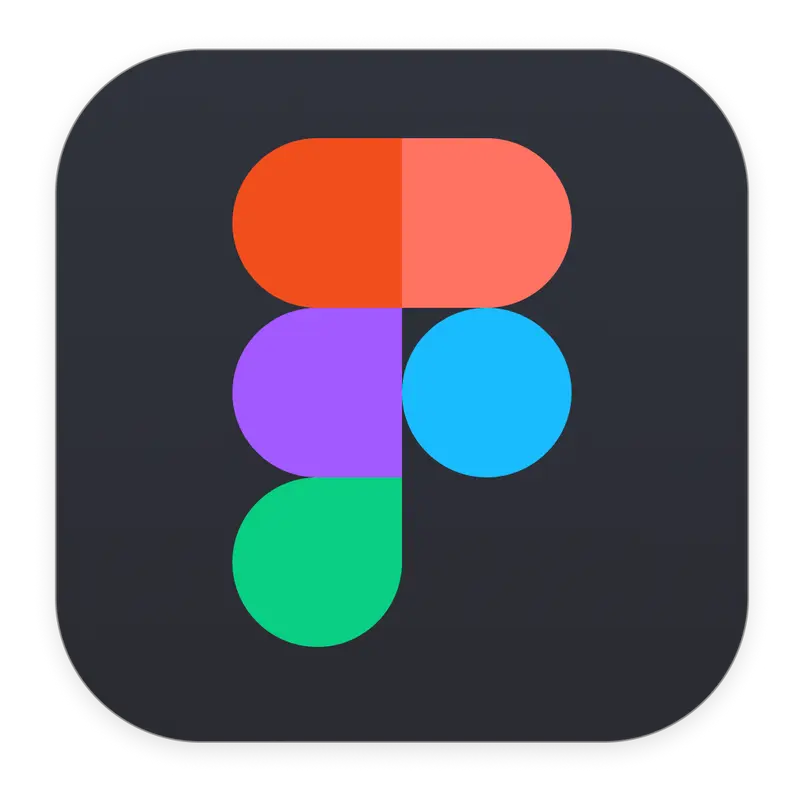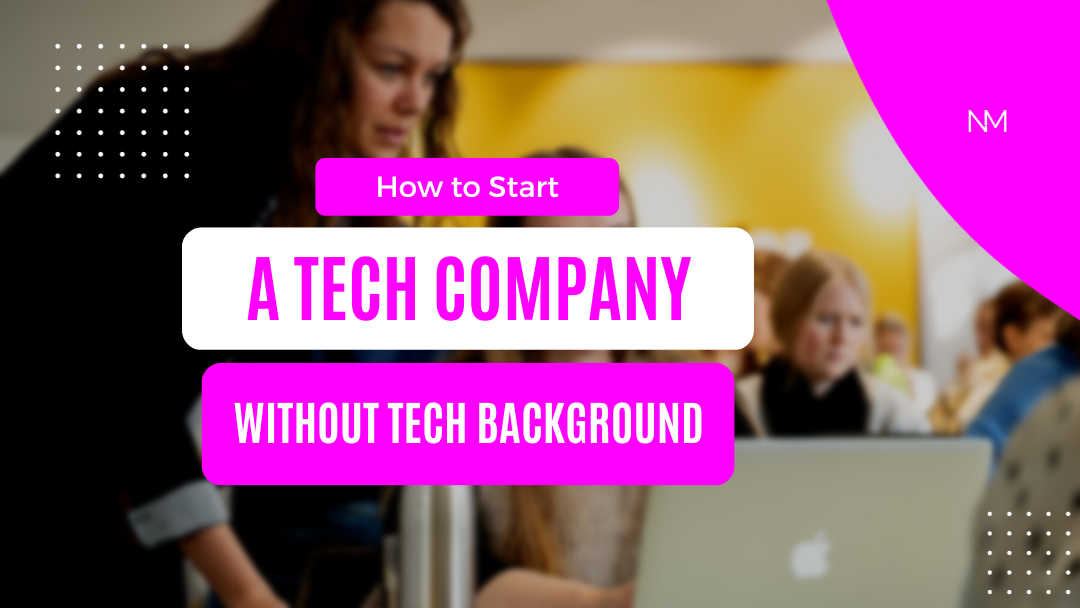
An Elegant Puzzle: Systems of Engineering Management – Book review
An Elegant puzzle – Systems of engineering Management
Author: Will Larson
Will Larson’s ‘An Elegant puzzle’ offers a comprehensive guide to navigating the multifaceted role of managing engineers, whether overseeing a small team or scaling up to manage managers. Drawing from his extensive experience at technology giants like Yahoo!, Uber, and Stripe, Larson provides invaluable tools and systems to empower teams to perform optimally.
The book is skillfully written, peppered with insightful anecdotes from Larson’s own journey in engineering leadership. His candid recounting of real-world scenarios adds depth and relatability, making the concepts tangible and actionable.
A standout feature of the book is Larson’s emphasis on the importance of incremental progress over the pursuit of elusive solutions. As he aptly puts it,
Managing rapid growth is more along the lines of stacking small wins than identifying silver bullets.
– Will Larson
This philosophy underscores the practical wisdom woven throughout the text, offering managers a pragmatic approach to tackling challenges.
Moreover, Larson goes the extra mile by concluding the book with a meticulously curated list of recommended readings, allowing readers to delve deeper into specific topics of interest. While primarily aimed at managers, even those overseeing smaller teams, like myself, will find immense value in Larson’s insights. Personally, I found myself benefiting greatly from his advice, and I anticipate revisiting this book as my team continues to expand.
In essence, ‘Insights into Engineering Management’ is a must-read for anyone navigating the complexities of leading engineering teams in today’s fast-paced tech landscape.






